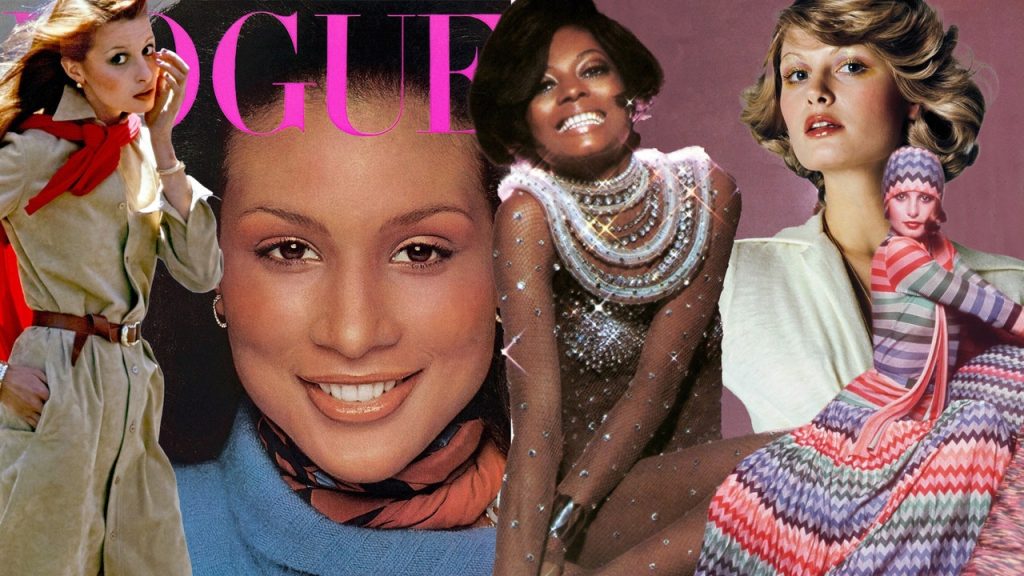In 1976, Vivienne Westwood and Malcolm McLaren launched the punk fashion movement with their boutique Seditionaries, then SEX, in London. This look was a rejection of the political and economic climate of the time, characterized by intentionally ripped and safety pin-adorned clothing. Zandra Rhodes, known for her romantic chiffon gowns, also embraced the punk aesthetic, further solidifying its influence on the fashion scene in 1977. The punk movement represented a rebellion against the status quo and capitalist living.
Throughout the 1970s, a diverse range of designers made their mark on the fashion world, including Yves Saint Laurent, Pierre Cardin, and Halston. These designers created iconic pieces that defined the decade, from vibrant prints by Emilio Pucci to sleek designs by Ralph Lauren. Other notable designers like Bill Blass and Valentino also left a lasting impact on the industry. The 1970s saw a wide range of styles, from bohemian to glamorous, reflecting the changing cultural landscape of the time.
Men’s fashion in the 1970s was heavily influenced by a variety of icons, from rock stars like Mick Jagger and Johnny Rotten to actors like James Bond. These muses inspired a diverse range of styles, from sharp tailored suits to flamboyant stage outfits. David Bowie, known for his gender-bending fashion choices, also had a significant impact on men’s fashion during this decade. The 1970s was a time of experimentation and self-expression in men’s fashion, with a wide range of styles and influences coming together to create a dynamic and eclectic look.
The 1970s saw the rise of iconic designers like Halston, whose sleek and minimalist designs became emblematic of the era. Other designers, such as Ossie Clark and Zandra Rhodes, embraced bold prints and vibrant colors, reflecting the changing cultural landscape. The 1970s was a decade of contrasts in fashion, with both bohemian and glamorous styles coexisting and influencing each other. This diversity and eclecticism defined the fashion of the 1970s, making it a truly transformative period in the industry.
The punk fashion movement of the 1970s, spearheaded by designers like Vivienne Westwood and Malcolm McLaren, represented a rebellion against the status quo and capitalist living. This look, characterized by intentionally ripped clothing and safety pin adornments, challenged traditional notions of beauty and style. The punk movement inspired other designers, like Zandra Rhodes, to embrace a more subversive and unconventional aesthetic, further solidifying its influence on the fashion scene in the 1970s. The punk movement was a radical departure from the mainstream fashion of the time and continues to be an enduring source of inspiration for designers today.
Overall, the 1970s was a decade of dynamic change and innovation in the fashion world. Iconic designers like Yves Saint Laurent and Halston pushed the boundaries of style, creating bold and memorable designs that defined the era. Men’s fashion in the 1970s was equally diverse and eclectic, drawing inspiration from a wide range of cultural influences. The punk movement, with its rebellious spirit and unconventional aesthetic, challenged traditional notions of beauty and style, leaving a lasting impact on the fashion industry. The 1970s was a transformative period in fashion history, characterized by diversity, experimentation, and a spirit of rebelliousness that continues to influence designers and trends today.


